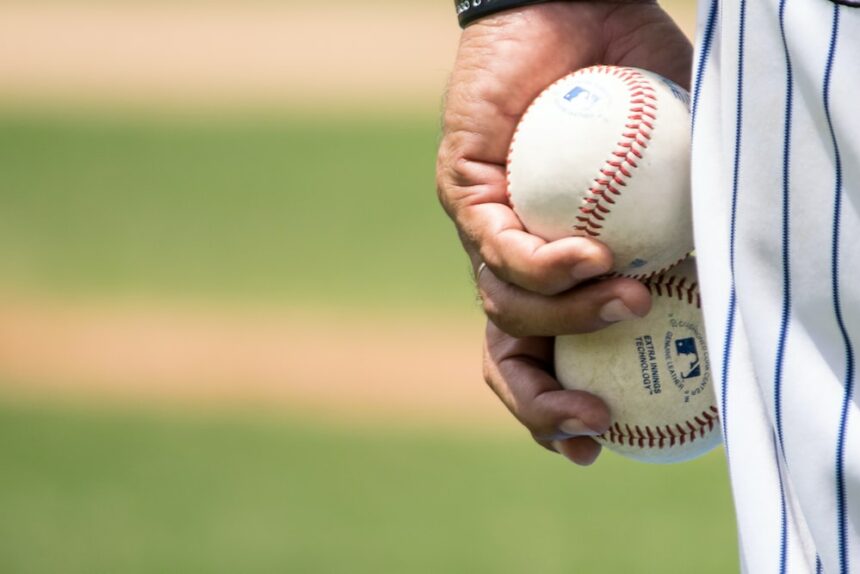Betting on baseball is much like any other sport, with pitchers having the power to make or break a game. Here are some strategies and tips that can help you win more MLB bets from the mound.
First, keep tabs on the starting lineups. Teams usually release their lineups four hours prior to kickoff.
1. Pitch count
Baseball betting, whether you’re new to it or have been doing it for years, can be somewhat mysterious. It’s a mechanic that affects your picks in significant ways.
Pitching too many pitches can be hazardous and lead to injuries, so teams usually limit pitchers to a certain number of pitches. This is especially true for younger players who may not be used to the amount of work that professional sports require.
Pitch count rules vary between leagues and types of pitchers. A starter might be able to go eight innings with a high pitch count, while a reliever could only go three.
2. ERA
The ERA (Expected Runs Allowed) is a widely-used statistic to gauge a pitcher’s effectiveness. It takes into account the number of earned runs allowed, innings pitched and outs recorded by the pitcher.
A low ERA for a pitcher can be considered an encouraging sign, as it shows their pitching staff has been successful at stopping runs from scoring. However, certain factors such as where they play or the type of offense they face can impact a pitcher’s ERA, including where they pitch and what kind of audience they face.
Henry Chadwick, an early baseball writer and statistician, introduced the ERA into baseball in the mid-to-late 1800s. This statistic was intended to replace wins and losses as markers of team performance that were considered less reliable.
3. WHIP
WHIP, or “walks and hits per inning pitched,” is an advanced baseball statistic that can assist you in making informed MLB betting decisions. It’s one of the more straightforward stats in baseball compared to other more complex measures and easy to calculate.
WHIP stands as a measure of pitcher performance against batters, unlike ERA which accounts for errors and unearned runs. A low WHIP indicates that the pitcher has done well by keeping their baserunners off the bases. A positive WHIP indicates success on the mound; an excellent one indicates success!
Although a low WHIP may suggest that a pitcher is talented, it doesn’t guarantee success. Conversely, a high WHIP may suggest potential success but could fail before reaching that mark.
4. Strikeouts
When betting on pitchers, one of the most crucial statistics to watch is strikeouts per nine innings. This statistic gives an indication of how often a starting pitcher will dominate his hitters in his lineup.
Strikeout props offer more flexibility than hitting props, which remain static. For instance, a batter may perform better against certain pitches such as breaking balls or sliders, altering their total against that particular pitch type.
Therefore, it’s wise to shop around when searching for the best price on MLB strikeout props. You can do this by comparing odds between different sportsbooks.
5. Walks
Walks are an important factor when betting on pitchers. They determine how well a pitcher can maneuver out of trouble and influence the umpires calling the game.
Another crucial aspect is the starting pitching matchup. Teams with superior starting pitchers can have a significant advantage in this regard.
A pitcher’s ability to throw against both right and left-handed batters should also be taken into account, since a left-handed batter may have more difficulty against a right-handed pitcher than vice versa.
Another trend to pay close attention to is the speed of games. Major League free baseball picks games have been moving much faster in springtime, making hitters and pitchers less comfortable, leading them to strike out or walk more frequently than usual.









